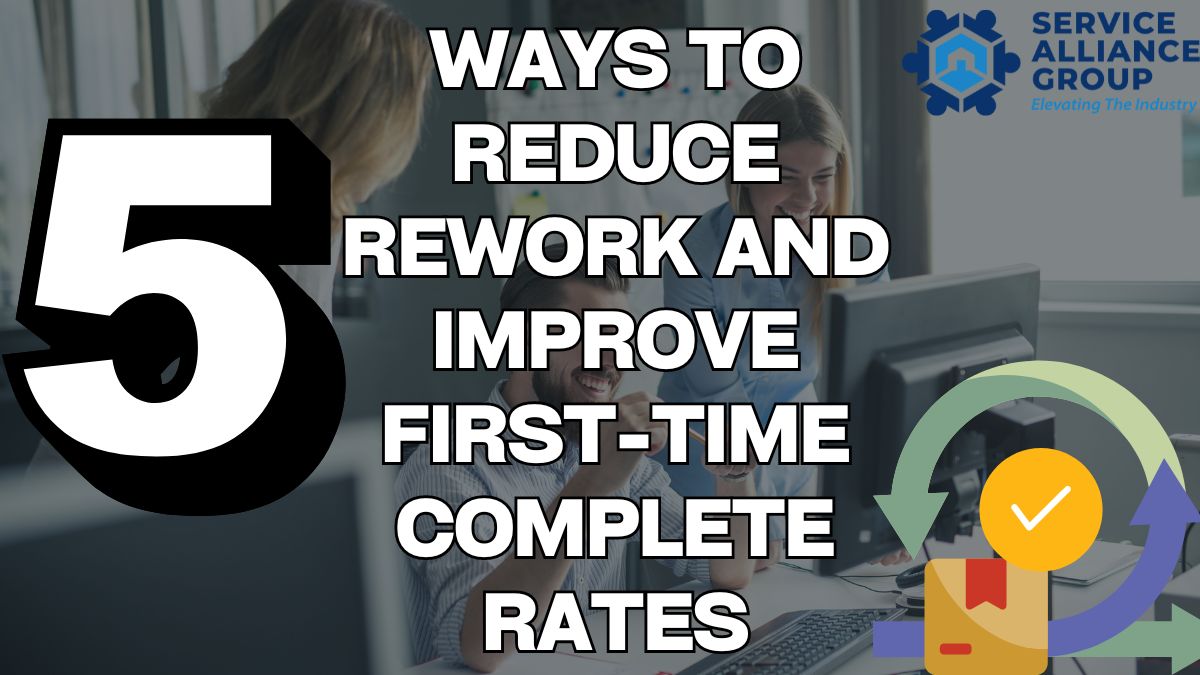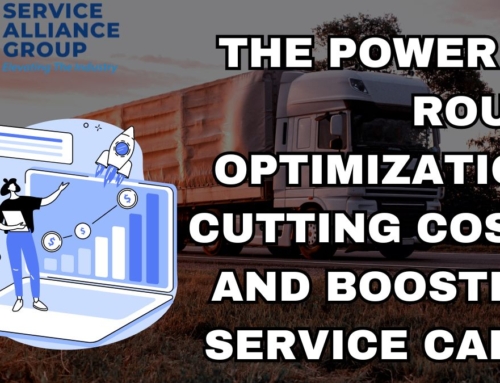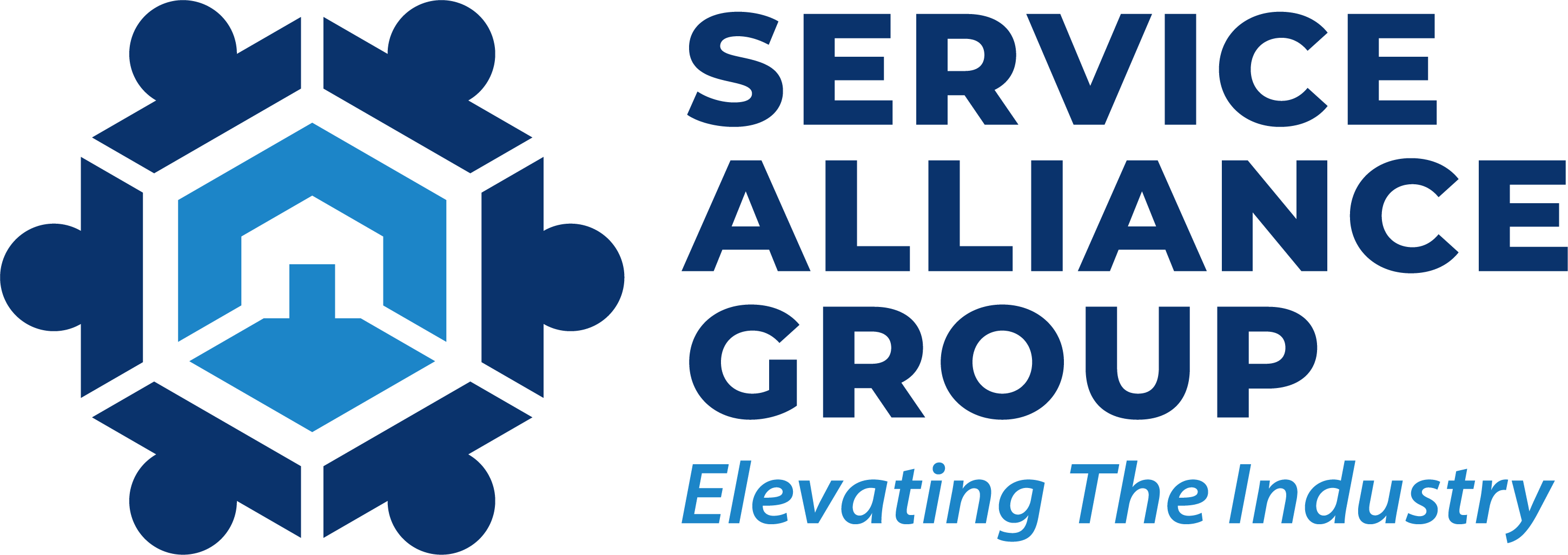5 Ways to Improve First-Time Complete Rates
To thrive in the home service, businesses must ensure first-time complete rates. As technicians visit customer’s homes to address repairs, having the necessary tools, parts, and knowledge becomes paramount in achieving customer satisfaction.
Improving first-time complete rates boosts efficiency and enhances the company’s reputation. This article highlights five key strategies that appliance repair companies, HVAC companies, plumbers, and electricians can implement to optimize their first-time complete rates.
So, let’s delve into how home service companies in these industries can enhance their first-time complete rates and gain a competitive edge in the market.
Create a Quality Process
Creating a quality process in construction involves incorporating effective quality control procedures and setting high-quality standards. It is essential to follow a systematic approach to achieve first-time complete rates.
Here are some reminders on creating a quality process:
– Establish quality control procedures specific to the construction industry
– Set clear quality standards for first-time complete rates
– Monitor and support adherence to procedures
– Conduct periodic evaluations and audits
– Analyze customer feedback and make necessary adjustments
Home service companies must implement a quality process to improve their first-time complete rates. Increasing efficiency and customer satisfaction can be achieved by establishing clear standards, monitoring adherence to procedures, and adjusting as necessary based on customer feedback. This systematic approach will benefit the company’s reputation and lead to long-term success in the competitive market.
Plan Out Work
Increasing first-time completion rates in home services requires effective planning. By having a clear plan, technicians can ensure they have all the necessary tools, equipment, and parts before heading to a job site. Here are some key steps to consider when planning out work:
– Create detailed schedules and prioritize tasks based on urgency and complexity
– Communicate with customers to gather information about the issue and prepare accordingly
– Coordinate with suppliers to ensure timely delivery of parts and materials
– Assign skilled technicians to jobs based on their expertise and availability
– Use technology such as scheduling software to streamline the planning process
Invest in Training and Development
One of the best ways to improve first-time complete rates is by investing in training and development for technicians. Providing ongoing training on new technologies, repair techniques, and customer service skills can help technicians perform their jobs more effectively.
– Offer regular training sessions on new products or procedures
– Provide opportunities for hands-on experience in simulated environments
– Encourage continuous learning through certifications or workshops
– Provide feedback and coaching to help technicians improve their performance
These strategies can significantly improve first-time complete rates and help home service companies stand out. These efforts will lead to long-term success in the industry and solidify a loyal customer base. Take these steps to heart and watch your first-time complete rates soar.
Use a Checklist
It is important to use checklists to keep track of tasks and improve efficiency, especially when making repairs for the first time. With a well-structured checklist, technicians can ensure they have the right tools, parts, and knowledge to quickly solve the customer’s issue. Here are the steps for using a checklist to achieve a high first-time complete rate:
1. Start with a Comprehensive Checklist:
To create an effective checklist, break down the repair process into smaller, actionable items. Identify the specific tasks involved, such as diagnosing the problem, gathering the required tools and parts, and executing the repair. A comprehensive list of these tasks allows technicians to address each step systematically, reducing the likelihood of oversights.
2. Regularly Review and Update the Checklist:
Maintaining an up-to-date checklist is essential to ensure its continued relevance. The checklist should be reviewed periodically and updated as technology and processes evolve.
Using a checklist allows technicians to streamline their workflow and minimize the chances of overlooking critical steps. Using this practice and emphasizing the importance of a comprehensive checklist, home service business owners can significantly increase first-time complete rates, delighting customers and enhancing their company’s reputation as a reliable and efficient service provider.
Prioritize Task Assignments
Effective task assignments streamline the project workflow and contribute to timely completion and high-quality outcomes.
Prioritizing task assignments allows business owners to strategically allocate resources, including time, manpower, and materials, to the most critical tasks. Identifying and focusing on priority tasks allows project teams to maximize resource utilization and efficiency, avoiding the waste of resources on less important activities.
The assignment of tasks is most effective when teams are aligned early on in the project. By involving all relevant team members from the beginning, project managers can gather valuable insights and expertise, ensuring that tasks are assigned to the most suitable individuals. This alignment also fosters a sense of ownership and accountability among team members, motivating them to deliver their best work.
Open communication is equally vital in facilitating effective task assignments. Clear and transparent communication channels allow project teams to share information, clarify expectations, and promptly address any challenges or roadblocks. Regular communication also enables teams to adapt and adjust task assignments as the project progresses, ensuring flexibility and adaptability.
Provide Training
Home service companies must provide effective training to their employees to prevent rework and improve first-time complete rates. Equipping technicians with the necessary skills and knowledge makes them better prepared to handle a range of repair tasks during their initial visit to a customer’s home.
Training ensures employees understand the proper procedures and techniques to accurately and efficiently complete repairs. Investing in training programs can reduce the likelihood of mistakes or incomplete work, often requiring return visits and additional repairs. This wastes valuable time and resources and negatively affects the overall customer experience.
Mentoring employees who consistently produce good work and follow instructions can mitigate inferior or incorrect work. Mentorship pairs new and experienced technicians so they can learn from their experience and gain valuable insights. This mentorship can reinforce the importance of attention to detail and adherence to standard operating procedures, minimizing the chances of errors and maximizing first-time complete rates.
It is equally important to educate them on the why behind these procedures. Technicians can more accurately follow instructions when they understand the principles and reasons for doing things a certain way. This knowledge empowers them to make informed decisions and troubleshoot effectively, resulting in higher-quality repairs, increased customer satisfaction, and improved first-time completion rates.
Benefits of High First-Time Complete Rates
There are numerous advantages to achieving a high first-time complete rate. This metric captures the ability of technicians to successfully resolve issues during their initial visit to a customer’s home. High first-time complete rates for appliance repair companies, HVAC companies, plumbers, and electricians lead to increased customer satisfaction and loyalty.
Improved Customer Satisfaction
In the competitive world of home service companies, one factor stands out as a key driver of success – customer satisfaction. When a customer reaches out for help with a broken appliance, HVAC system, plumbing issue, or electrical problem, they expect prompt and efficient service that resolves their problem with minimal disruption to their daily lives.
This is where the concept of “first-time completes” comes into play. A first-time complete refers to a technician’s ability to fix the issue on their initial visit to the customer’s home without requiring follow-up visits or delays. Appliance repair, HVAC, plumbing, and electrical customers expect high first-time complete rates.
Imagine the positive impact on a customer’s experience when their refrigerator is repaired, their furnace is fixed, or their leaky faucet is resolved in just one visit. Not only does it save them time and inconvenience, but it also minimizes any additional costs or frustrations associated with multiple appointments. It’s a win-win situation for the customer and the home service company.
Satisfied customers are more likely to recommend the company to friends, family, and neighbors, contributing to a steady stream of new business. A positive reputation for delivering first-time complete rates can differentiate a company from its competitors and help it stand out in the crowded marketplace.
Lower Operational Cost
Lower operational costs are one of the significant benefits of achieving high first-time complete rates in a home service business. When technicians can complete repairs or services on their initial visit, it directly impacts various cost factors within the company.
Reduce overall project costs by completing tasks efficiently and on the first attempt to reduce direct labor costs. By achieving high first-time complete rates, companies can save money on materials, equipment, and additional labor required for rework.
Efficient resource allocation leads to cost savings and helps maintain customer satisfaction and attract repeat business. Prioritizing accurate service delivery and avoiding costly repeat visits can significantly reduce rework costs, ultimately contributing to home service businesses’ long-term profitability and sustainability.
High first-time complete rates enhance customer satisfaction and reputation and drive significant cost savings for a home service business.
Improved Brand Reputation
One key benefit that home service companies can gain from achieving high first-time completion rates is an improved brand reputation. When a technician successfully resolves a customer’s issue on the first visit, it saves time and resources for both the company and the customer and enhances the brand’s perception.
Home service companies can establish a reputation for reliability and efficiency by consistently completing repairs and fixes on the first visit. Customers appreciate timely and effective solutions, and when they experience a high first-time completion rate, they are more likely to view the company as trustworthy and competent.
Moreover, a high first-time complete rate reduces the need for costly rework. Home service companies avoid the inconvenience of multiple appointments and potential delays by accurately identifying and resolving issues during the initial visit. This, in turn, enhances customer satisfaction and contributes to a positive word-of-mouth reputation.
Conclusion: The Benefits of High First-Time Complete Rates in Home Service Businesses
Achieving high first-time complete rates in home service businesses leads to lower operational costs and improved brand reputation but also helps reduce direct costs associated with rework and additional tasks. By minimizing human error and implementing an upfront approach to quality, companies can prevent major revisions and enhance customer satisfaction. This proactive strategy saves money in the long run and establishes a solid foundation for long-term success in the competitive home service industry.






